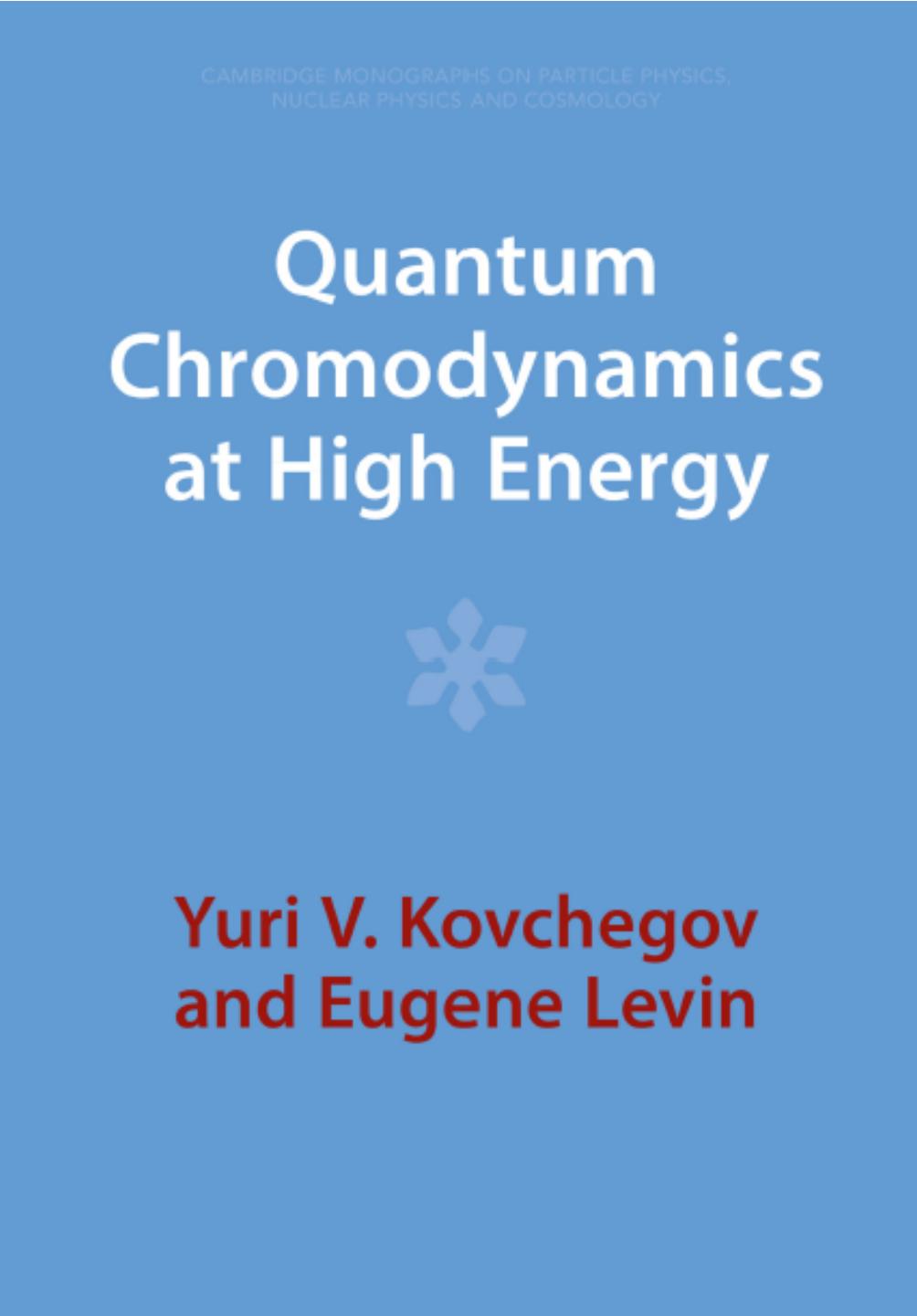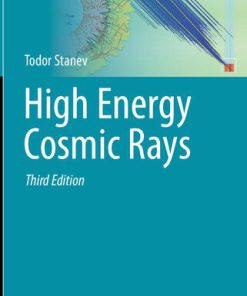Quantum Chromodynamics at High Energy 1st editon by Yuri Kovchegov 1009291424 978-1009291422
$50.00 Original price was: $50.00.$25.00Current price is: $25.00.
Quantum Chromodynamics at High Energy 1st editon by Yuri Kovchegov – Ebook PDF Instant Download/Delivery: 1009291424, 978-1009291422
Full download Quantum Chromodynamics at High Energy 1st editon after payment
Product details:
ISBN 10: 1009291424
ISBN 13: 978-1009291422
Author: Yuri V. Kovchegov
Filling a gap in the current literature, this book is dedicated to high energy quantum chromodynamics (QCD) including parton saturation and the color glass condensate (CGC). It presents groundbreaking progress on the subject and describes many problems at the forefront of research, bringing postgraduate students, theorists and interested experimentalists up to date with research in this field. The material is presented in a pedagogical way, with numerous examples and exercises. Discussion ranges from the quasi-classical McLerran–Venugopalan model to the linear BFKL and nonlinear BK/JIMWLK small-x evolution equations. The authors adopt both a theoretical and an experimental outlook, and present the physics of strong interactions in a universal way, making it useful for physicists from across high energy and nuclear physics, and applicable to processes studied at high energy accelerators around the world. This title, first published in 2012, has been reissued as an Open Access publication on Cambridge Core
Quantum Chromodynamics at High Energy 1st Table of contents:
1. Introduction: basics of QCD perturbation theory
2. Deep inelastic scattering
3. Energy evolution and leading logarithm-1/x approximation in QCD
4. Dipole approach to high parton density QCD
5. Classical gluon fields and the Color Glass Condensate
6. Corrections to non-linear evolution equations
7. Diffraction at high energy
8. Particle production in high energy QCD
9. Instead of conclusions
People also search for Quantum Chromodynamics at High Energy 1st:
quantum well energy levels
energy of a quantum state
what happens when hydrogen atom absorbs a quantum of energy
quantum mechanics energy levels
quantum chromodynamics binding energy
Tags:
Yuri Kovchegov,Quantum,Chromodynamics
You may also like…
Engineering - Aerospace Engineering
Energy Deposition for High Speed Flow Control 1st Edition Knight
Computers - Cryptography
Science (General) - Research & Development
Physics - Optics
Introduction to Quantum Electronics and Nonlinear Optics 1st Edition Vitaliy V. Shtykov
Physics - Quantum Physics
Quantum Field Theory 2nd Edition by Michael Sadovskii 3110645157 9783110645156
Technique - Energy: Renewable Energy
Physics - Plasma Physics
Beam Dynamics in High Energy Particle Accelerators, 2nd Edition Andrzej Wolski












